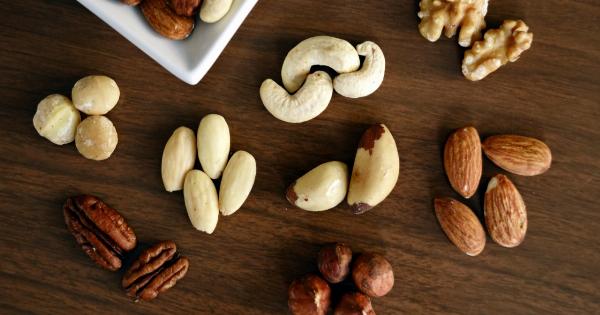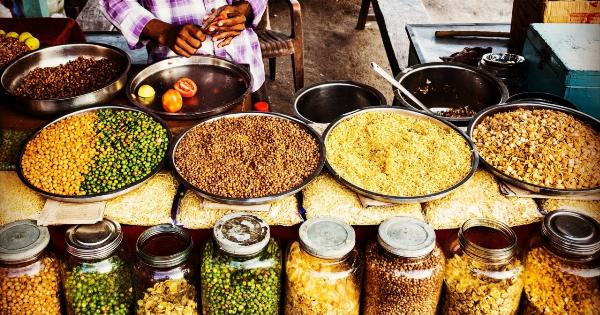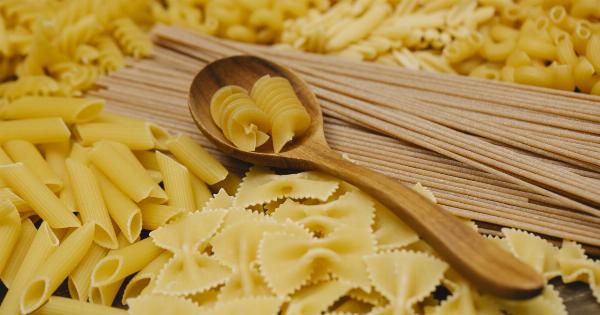The world’s population is increasing rapidly. As a result, the demand for food is also increasing alongside it. By 2050, the global population is expected to reach 9.7 billion people.
With such a massive increase in population, feeding everyone would be challenging. Therefore, the food industry must adapt to meet the nutritional needs of the growing population. In this article, we will explore how our plates will look in 2050.
Food trends
Food culture is continuously evolving. Different food trends emerge with time and shape the way people eat. In 2050, the food trends that exist today will likely evolve and continue to shape our plates.
Organic, plant-based, and locally sourced foods will remain trendy and even more prevalent in 2050. Also, more people will likely be health conscious and opt for healthy and low-calorie foods.
Increased use of technology in food production
Technology has transformed many sectors, including the food industry. It has made food production more efficient and sustainable. In 2050, technology is expected to play an even more significant role in food production.
The use of precision agriculture, biotechnology, and food processing technology will increase. There will also be greater automation in the food industry, from food processing to delivery to customers’ homes.
More eco-friendly food packaging
In a bid to reduce waste and protect the environment, the food industry will become more eco-friendly in 2050. Food packaging will be designed with sustainable materials that are biodegradable or compostable.
This will reduce the amount of packaging waste found in landfills. Furthermore, the use of single-use plastics will be reduced significantly, if not entirely eliminated, in the food industry.
Alternative protein sources
The food industry will seek alternative protein sources in 2050 as the world population continues to grow. Traditional protein sources such as beef and pork could become scarce and expensive.
Therefore, there will be greater emphasis on producing protein from unconventional sources such as insects, algae, and plants. Lab-grown meat could also become increasingly popular as a sustainable protein source.
Rise of vertical farming
Vertical farming refers to a method of growing crops in a vertically stacked layer, commonly used in urban areas. In 2050, vertical farming could become the norm as more people move to cities, and the demand for locally grown food increases.
Vertical farming requires less land, less water, and fewer pesticides, making it a more sustainable way of growing crops.
Personalized nutrition
Currently, people’s diets are based on their age, sex, and activity levels. However, in 2050, diets will be personalized based on an individual’s DNA.
Personalized nutrition aims to optimize an individual’s health by tailoring their diet to their genetic makeup. It involves analyzing a person’s DNA and creating a custom diet that suits their body’s unique needs.
Increased diversity in diets
In 2050, people will likely become more adventurous with their food choices. As people travel more, they will encounter new cuisines and food cultures. This will lead to a more diverse palate and a greater appreciation for international cuisine.
Also, as alternative protein sources become more popular, people will be more willing to try unconventional protein sources.
Reduced food waste
Currently, the food industry contributes significantly to food waste due to spoilage or unsold products. In 2050, the food industry will focus on reducing food waste.
There will be an increased effort to reduce spoilage through better farming practices, food preservation, and packaging technology. The food industry will also aim to eliminate food waste at the consumer level by educating the public on proper food storage and preparation.
Conclusion
The food industry is constantly evolving and adapting to changing circumstances. By 2050, our plates will likely look significantly different from what we have now.
The food industry’s emphasis on health, sustainability, and diversity will shape how we eat. Technological advancements will also play a significant role in food production and waste reduction.
However, while the future is unknown, we can be sure that the food industry will continue to innovate to meet the needs of the growing population and create a better, more sustainable future for all.




























